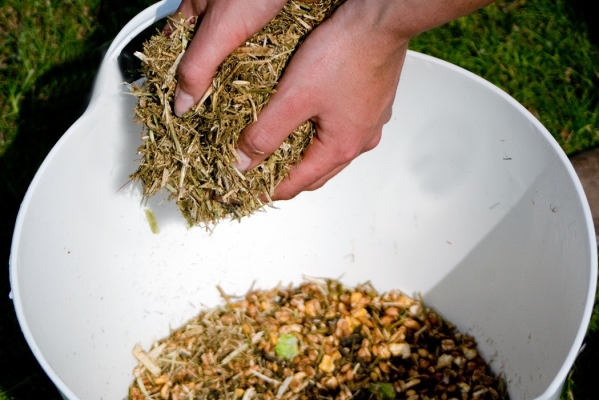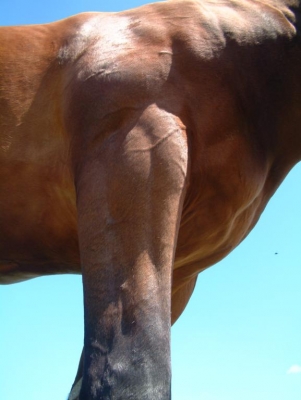|
Advice article filter
|
About magnesium in roughage and hard feedIt is clear that good roughage is not a guarantee for sufficient magnesium intake. Supplementing magnesium with hard feed is needed. But which hard feed provides sufficient magnesium? Dr. Kees Kalis explains that it is not easy to choose the right hard feed. ‘We analysed how many different types of hard feed exist and we ended up with 140. I thought how can a horse owner ever choose the correct feed when there are so many?’ Further analysis does not improve the situation. Too much calcium causes a magnesium deficiencyMore than half of the cubes available on the market do not contain enough magnesium and could also have much too much calcium. When there is a deficiency of magnesium in the feed and relatively too much calcium, the problem is twice as big. Vincent Hinnen explains: ‘Calcium and magnesium have common ‘connectors’. An overdoses of calcium pushes magnesium away from those connectors and the result is that the magnesium is not absorbed, but leaves the body again via the urine. So, you are back at the beginning. That is the main reason why we are not over the moon about many supplements with magnesium. This is often combined with calcium (chalk used as the carrier) and that makes the supplement useless and a waste of money. More and balancedAre there horses that are over sensitive to a magnesium deficiency? ‘Yes, sick horses with diarrhoea or horses who sweat excessively are more sensitive to a magnesium deficiency. Also horses that take in a lot of salt will show a magnesium deficiency quicker, as the salt leaves the body via the urine and the magnesium is not kept in the body’, explains Vincent Hinnen. What can you do as a horse owner to prevent your horse getting a magnesium deficiency? ‘Ensure that your horse receives the correct amount and the correct ratio of calcium and magnesium. Roughage alone will not do the job. You have to supplement the deficiencies with a balanced hard feed’. Kees Kalis adds: ‘That is not so difficult. Look on the label of the feedbag, there you can find the amounts and the ratios. It is also advisable to have regular blood tests to check if the magnesium value is still normal’. Finally, Vincent Hinnen advises: ‘check the calcium/magnesium ratio when you buy hard feed. This should be around 5:2. Most competition feeds have a 5:1 ratio and that is clearly too much calcium in relation to magnesium. Summary: more magnesium is a must, but that is only effective when the calcium/magnesium ratio is correct. Click here for Part 1: Magnesium, a matter of life or death Click here for Part 2: Bone: A lot of calcium, a little bit of magnesium Click here for Part 3: Is magnesium deficiency a common problem?
 
|

